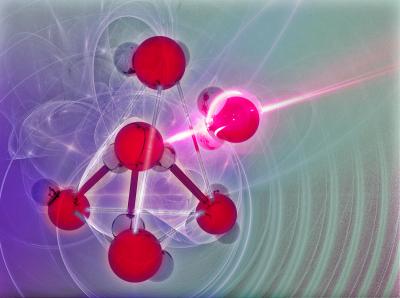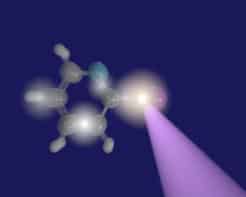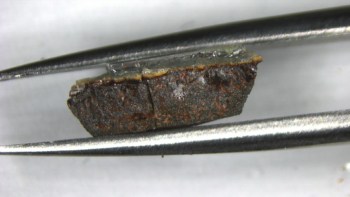
Supercooled water – that is, water that remains liquid far below its normal freezing point – does not have a uniform structure, but instead takes on two distinct forms. This discovery, which was made by researchers at Pacific Northwest National Laboratory (PNNL) in the US using infrared spectroscopy, provides long-sought-after experimental evidence that could help explain some of the anomalous properties of water at extremely cold temperatures.
Water is an unusual liquid, but its ubiquity means that we often forget just how unusual it is. Unlike most other liquids, it is denser at ambient pressure than the ice it forms when it freezes. It also expands rather than contracting when it cools (a phenomenon known as negative thermal expansion); becomes less viscous when compressed; and exists in no fewer than 17 different crystalline phases.
This atypical behaviour extends to water’s supercooled state, which occurs naturally in high-altitude clouds in the Earth’s atmosphere and in space as well as under carefully-controlled laboratory conditions. Many of the so-called “mixture” models that have been developed to explain the oddities of supercooled water predict that it undergoes a phase transition at low temperatures and high pressures, transforming from a high-density liquid phase to a low-density one. However, it is difficult to determine which of these models is correct because data on the behaviour of liquid water between 160 K and 235 K are so sparse.
Rapid crystallization
In this temperature range – the “no man’s land” of water’s complex phase diagram – the supercooled liquid rapidly crystallizes, making measurements difficult. According to Bruce Kay and Greg Kimmel, who led the PNNL team responsible for the latest study, it was previously an open question whether this rapid crystallization is just an experimental obstacle, or a fundamental problem stemming from some instability in water before it crystallizes.
By demonstrating that liquid water at extremely cold temperatures is relatively stable, and that it exists in two structural forms, the PNNL team’s results come down squarely in favour of the first option. “The findings explain a long-standing controversy over whether or not deeply supercooled water crystallizes before it can equilibrate,” Kimmel says. “The answer is: no.”
Infrared spectroscopy experiments
In their experiments, Kay, Kimmel and their colleagues Lori Kringle and Wyatt Thornley used infrared (IR) spectroscopy to study the structural transformations that occur when thin films of supercooled water are heated from 70 K (-203°C) to 273 K (0°C) at a rate of 1010 K/s, before being cooled at rates of 5 x 109 K/s. These rates are achieved using nanosecond laser pulses and are 104 times faster than in other techniques – a key factor in their success, Kimmel says. For each heat pulse, the films spend around 3 ns near the maximum temperature before rapidly cooling to the base temperature.

Supercooled water could exist in two liquid phases
By analysing how the IR spectra of water’s O-H bonds evolved during these cycles, the researchers found that supercooled water can condense into a high-density, liquid-like structure. This higher-density form coexists with a low-density structure that has physical properties more in line with the typical bonding expected for water.
Backing up “mixture” models
The proportion of the high-density phase deceases rapidly as the temperature falls from 245 K to 190 K. This observation agrees with the predictions of “mixture” models for supercooled water, and Kringle, who did most of the experimental work, adds that the structural changes they observed were reversible and reproducible.
As well as furthering our understanding of supercooled water, the new finding, which is detailed in Science, might help explain how liquid water could exist on very cold planets (such as Jupiter, Saturn, Uranus, Neptune and beyond), and how supercooled water vapour creates the trails seen behind comets.



